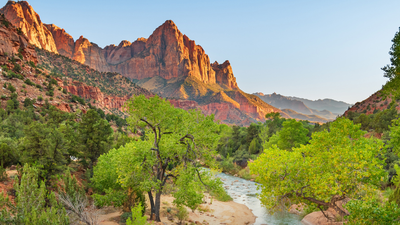A row erupted after the US Department of the Interior announced sweeping changes to national park access, including higher fees for nonresidents and expanded digital passes. Starting January 1, 2026, US residents will pay $80 for an Annual Pass, while nonresidents will be charged $250. Nonresidents without a pass will also face a $100 per person fee to enter 11 of the most visited parks.
“President Trump’s leadership always puts American families first,” said Secretary of the Interior Doug Burgum. “These policies ensure that US taxpayers, who already support the National Park System, continue to enjoy affordable access, while international visitors contribute their fair share to maintaining and improving our parks for future generations.”
Social media response:
- Yet you fired a ton of people who took care of that land and want to destroy it for oil.
- Sounds like another grift as you kill tourism — great f****g work!
- Are you guys really that stupid to think that tourists will opt to go? You’re going to leave the NPS with a funding shortfall. More stupidity like firing the majority of park workers
- So Americans get discounted access, foreigners pay more, and everything’s going digital.
- BTW stop tracking us, we don’t appreciate it. When you show your American The Beautiful Pass at the gate – they scan BOTH your pass AND your ID. That is a violation of our civil rights.
- America really said “tourists pay, patriots play free” and called it progress
The Department has also announced a set of resident-only patriotic fee-free days for 2026. These include President’s Day, Memorial Day, Flag Day and President Trump’s birthday, the Independence Day weekend, the 110th Birthday of the National Park Service, Constitution Day, Theodore Roosevelt’s birthday and Veteran’s Day.Revenue from the revised fee structure will be invested directly back into the national parks, supporting upgrades to visitor facilities, essential maintenance work and improved services across the system. Critics have urged the Department to take a closer look at how the higher nonresident rates affect H-1B and F-1 visa holders. The new charges could disproportionately burden international visitors.


